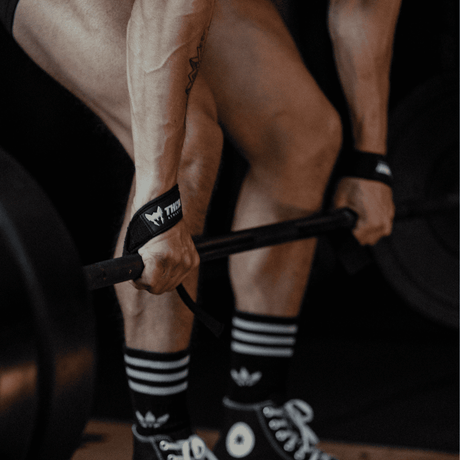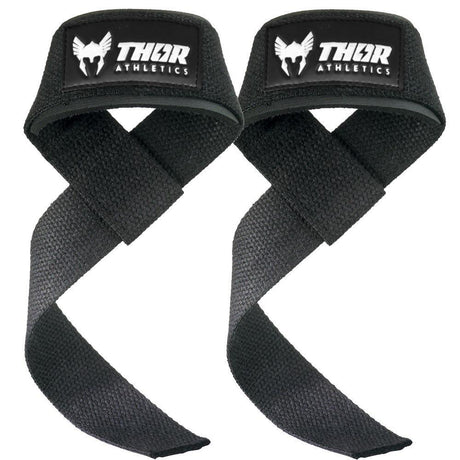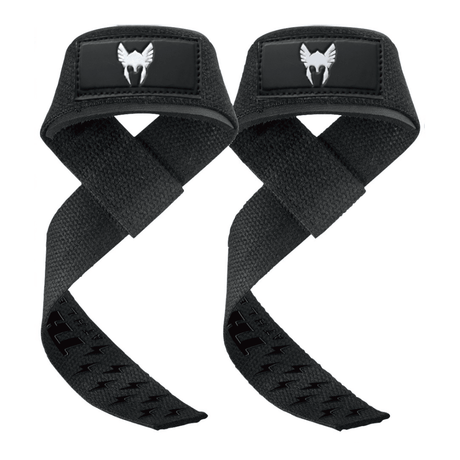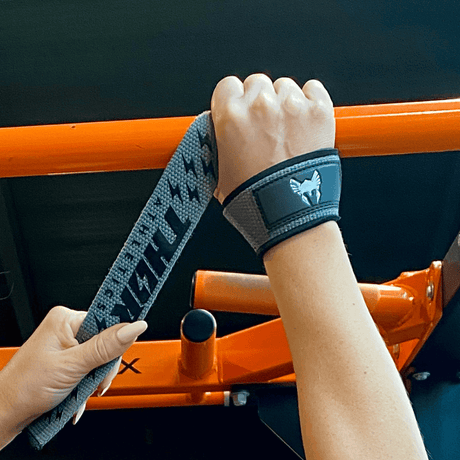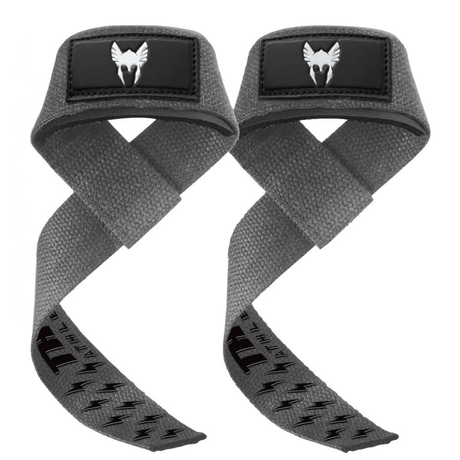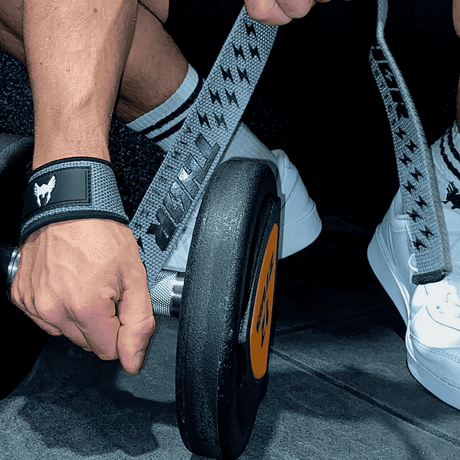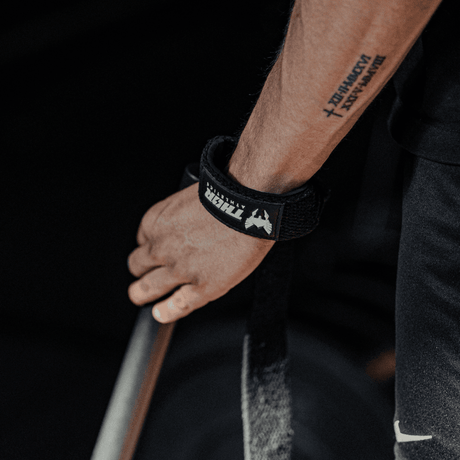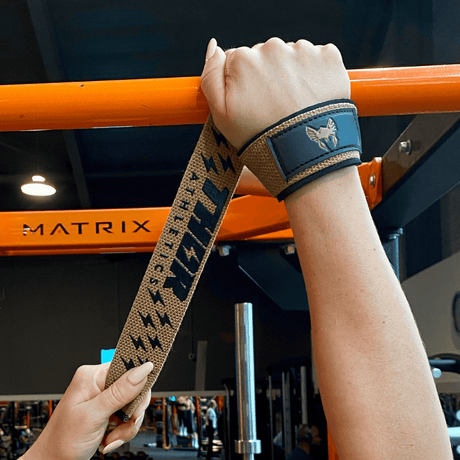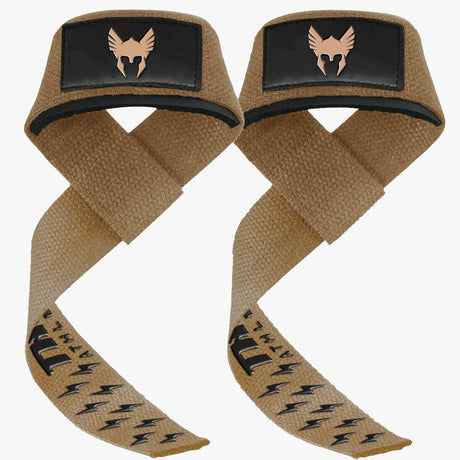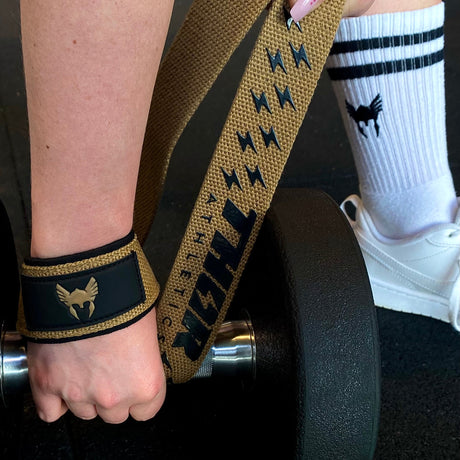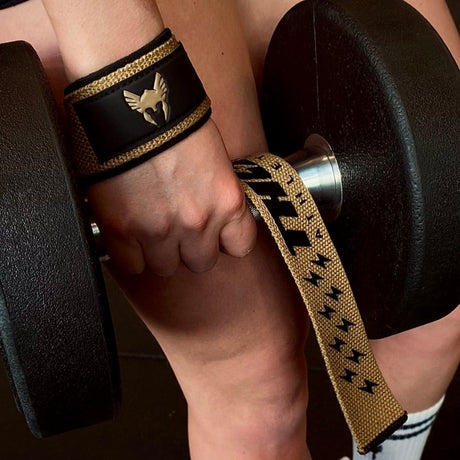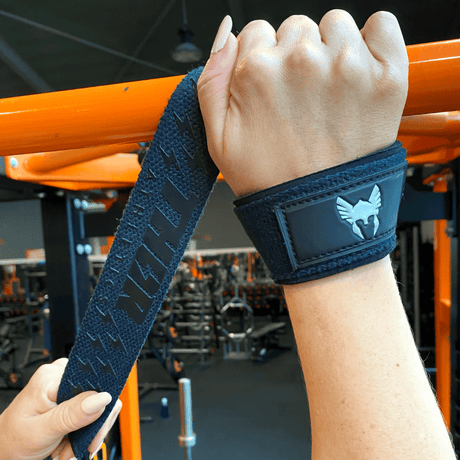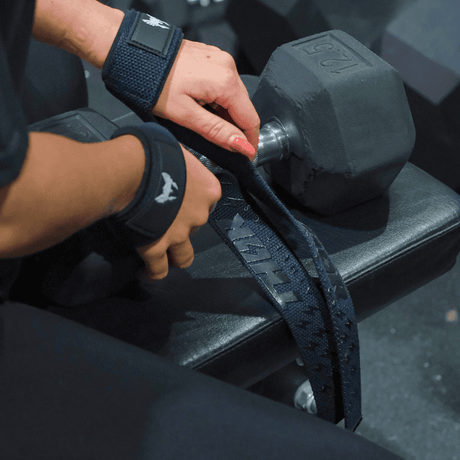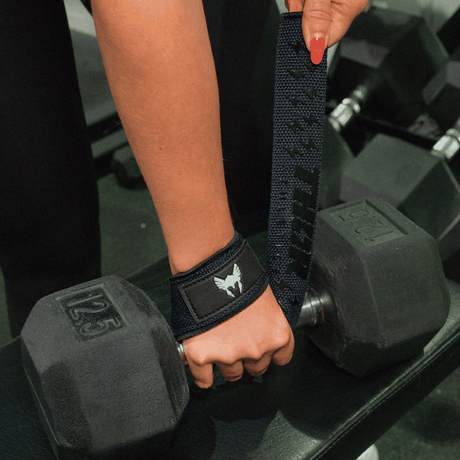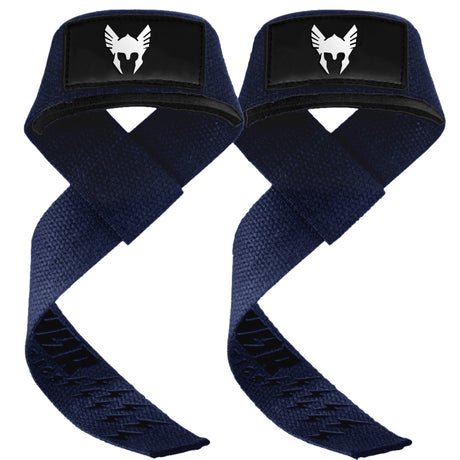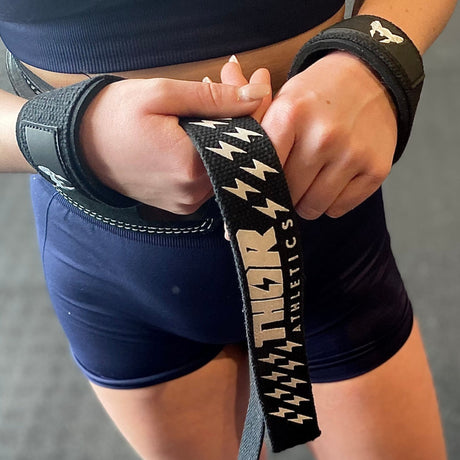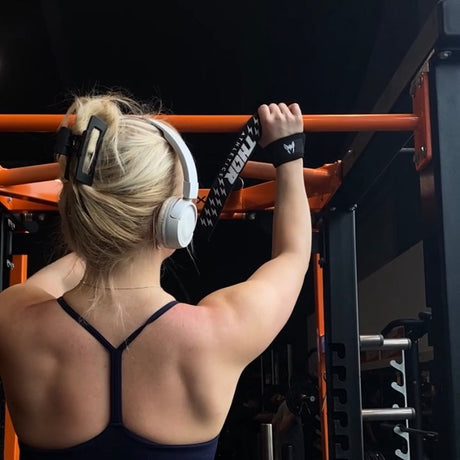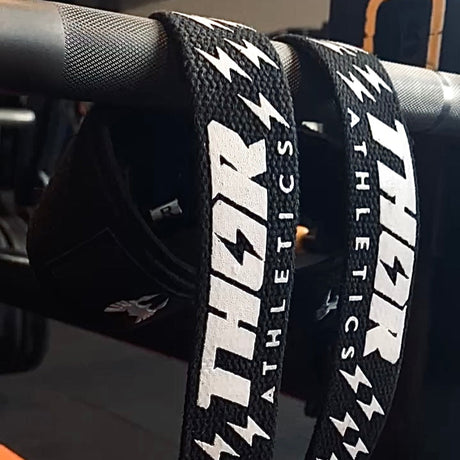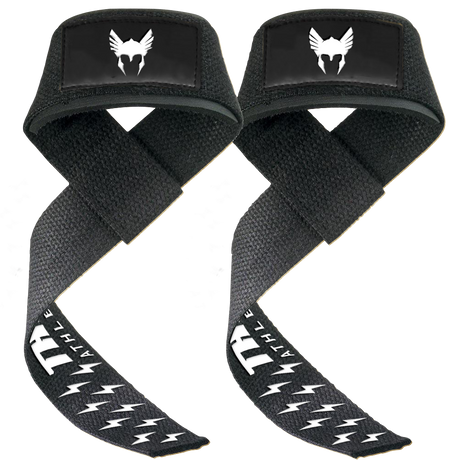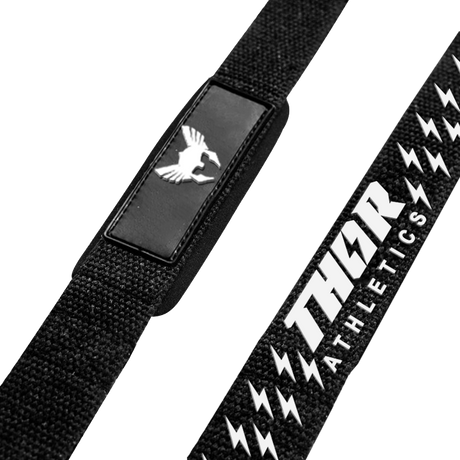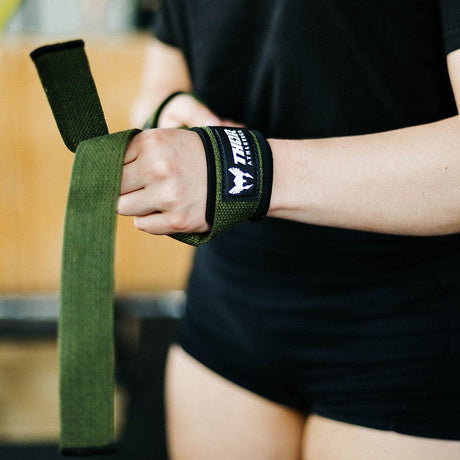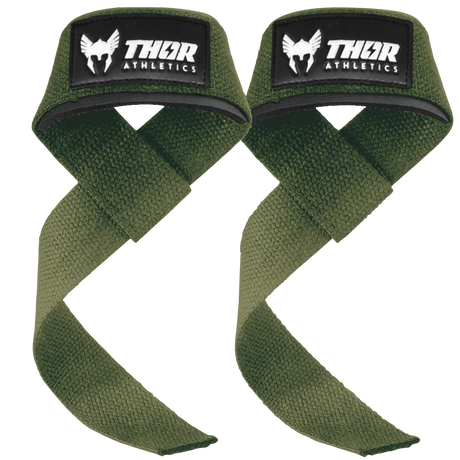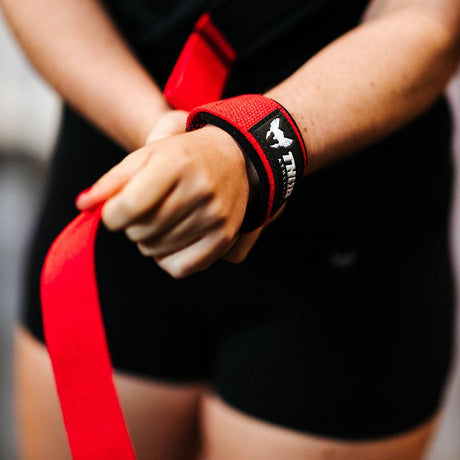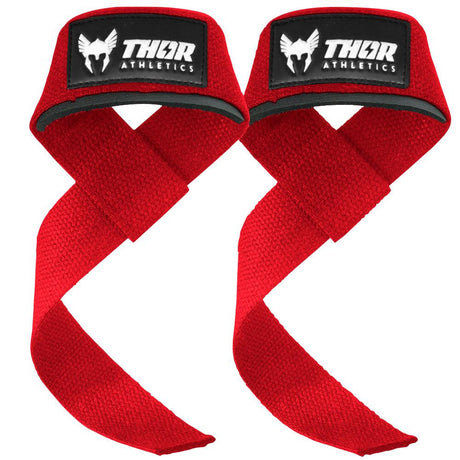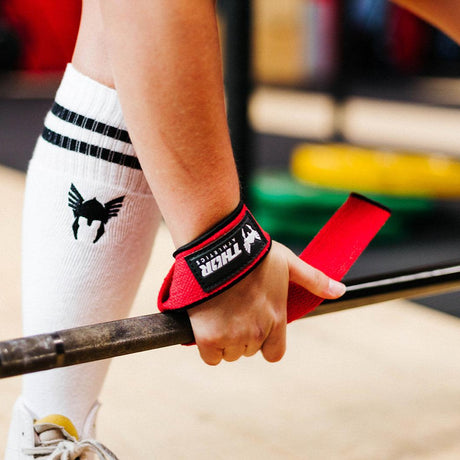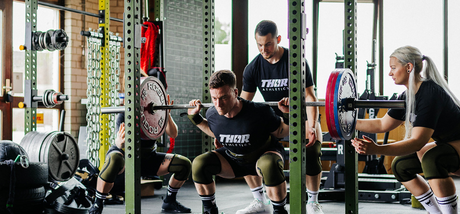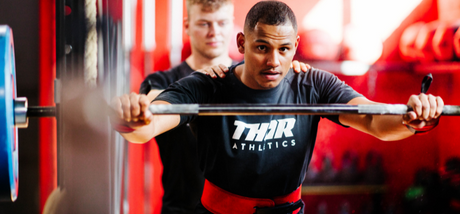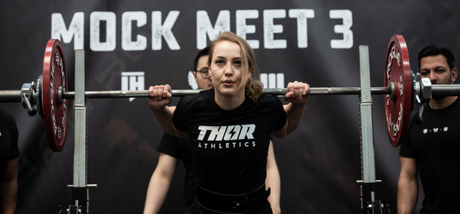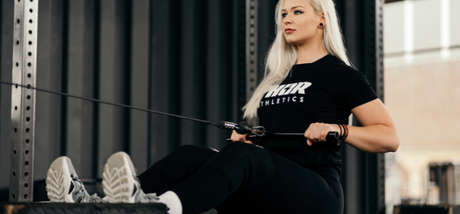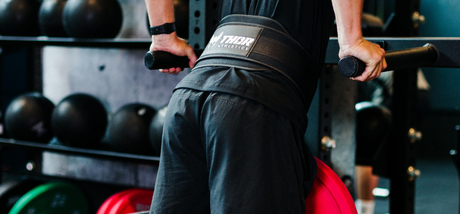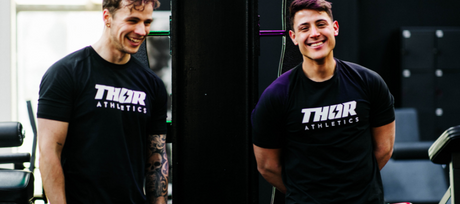In this blog, I will show you the most important accessory exercises to get stronger in the SBD:
- Front Squat
- Overhead Press
- Romanian Deadlift
- Tempo Squat
- Tempo Bench Press
- Paused Deadlift
Why you should add accessory exercises for SBD to your training schedule
If you want to improve your SBD (Squat, Bench Press, Deadlift) totals, there are important accessory exercises you can add to your training routine alongside the basic exercises. These exercises target specific muscle groups essential for the SBD movements and help you become stronger and more stable in these lifts. In this blog, we will discuss the most important accessory exercises and how to integrate them into your training program to increase your SBD and set even more PRs!
Accessory exercises to improve your squat:
Front Squat:
The front squat is an excellent accessory exercise for the squat, emphasizing the quadriceps, glutes, and core. By shifting the weight distribution to the front of your body, the front squat places extra emphasis on core stability. For developing squat technique, you can definitely use a powerlift belt and knee sleeves to optimally brace and fully support your knees while keeping your tendons and joints warm and safe.
As a result, you'll notice that you can generally add some extra weight, and besides that, learning to lift with a belt and knee sleeves is also a skill you need to develop because it somewhat changes the exercise compared to training without strength training accessories.
Strength in your upper back
The Front Squat also improves upper back strength and the ability to stay upright during the squat. Add the front squat as a complement to your regular squat training to increase your strength and stability.
Tempo Squat:
Besides the front squat, it is also useful to add a regular squat with a tempo to your training routine. A tempo squat means following a specific tempo during the upward and downward movement. For example, you might choose to take 3 seconds to lower down, hold a short pause at the bottom of the squat, and then come up explosively. This tempo increases time under tension, improves muscle control, and helps build strength and stability in the squat movement.

Accessory exercises to improve your Bench Press:
Tempo Bench Press:
By maintaining a controlled tempo during the eccentric phase (lowering the bar to your chest) and the concentric phase (pushing the bar up), you can keep the muscles under tension longer and improve technique.
One example is to take 2-3 seconds to lower the bar to your chest and then push up explosively. Applying a tempo in the bench press can contribute to better muscle development and strength improvement.
Use Wrist Wraps for your wrists
To protect and keep your wrists straight during benching, you can use wrist wraps, which can definitely help you train as safely as possible.

Overhead Press:
The overhead press, also known as the military press, is an excellent accessory exercise for the bench press. This exercise targets the shoulders, triceps, and upper back muscles, all of which are important for a strong bench press.
Strengthening your stability and lock-out power
By adding the overhead press to your training program, you strengthen the stabilizing muscles in your upper body and improve your lock-out strength. Variations such as the strict press, push press, and dumbbell press can all be used to increase your overhead pressing power.
For these, you can use OHP or other presses wrist wraps to keep your wrists straight and stable. For a set of 15 reps, it might not always be 'necessary', but if you're going for a solid 3RM Overhead Press PR, you might want to protect your wrists well and ensure they stay nicely straight under the bar.

Accessory exercises for your Deadlift:
Romanian Deadlift (RDL):
The Romanian deadlift is an effective accessory exercise for the deadlift, targeting the hamstrings, glutes, and lower back.
Improve your 'hip hinge' and your posterior chain
It helps improve your hip hinge pattern and the strength in the posterior chain. Here too, I recommend wearing a powerlift belt and lifting straps with a sufficiently 'heavy' weight, which of course is relative and based on the person, to get the most out of the exercise in terms of weight.
Of course, we want to become as strong as possible, also in the accessory exercises for the most carryover to the SBD. The RDL differs from the conventional deadlift because the focus is on controlled lowering of the weight and maintaining tension in the hamstrings and glutes.
Adding RDLs to your training routine can help you improve your deadlift technique and increase strength in the posterior muscle groups.
Paused Deadlift:
A paused deadlift is a variant where you hold a short pause at the bottom of the movement, just before pulling the bar up. Instead of lifting the bar directly from the floor, you let it rest on the ground for a second or two before starting to lift.
This pause forces you to have full control over your starting position and ensures you can build tension in your posterior chain before starting the concentric phase of the movement.
By adding paused deadlifts to your training, you can increase strength in your lower back, hamstrings, and glutes, while also improving your technique and grip strength.

Here are some tips to optimally add the mentioned accessory exercises for SBD and variants to your schedule:
- Implement the accessory exercises after your regular SBD exercises to further train and strengthen specific muscle groups.
- Start with a lighter weight and focus on learning the correct technique and form before increasing the weight.
- Regularly vary the accessory exercises and variants to stimulate your muscles in different ways and take on new challenges.
- Take into account the training frequency and give yourself enough time to recover between training sessions.
- Stay consistent and patient; adjust your schedule as you get stronger.
How heavy should I train all these exercises?
It is important to emphasize that when you start adding accessory exercises to your training program, you don't have to perform the intensity at RPE10 (Rate of Perceived Exertion) right away. (In other words, don't train everything to failure immediately because this causes a lot of fatigue and injury risk).
Gradually building up intensity is essential to prevent injuries and give your body time to adapt to new movement patterns and loads. It is tempting to try to push your limits right away, but it is important to be patient and give yourself time to get stronger, also in the accessory exercises.
Start with a lighter weight and focus on learning the correct technique and form. I always say; form over weight, if your form is good then the weight will come naturally.
As you become more familiar with the exercises and get stronger, you can gradually increase the intensity. You can do this by adding weight in small increments, changing the sets and repetitions, or adjusting the tempo of the movement. Listen to your body and be alert to any signs of overload.
Building up intensity is a process that takes time, but it is the most effective way to get stronger without overloading yourself. By being patient and consistent, you will notice that you get stronger and are able to perform accessory exercises with higher intensity as well.
Remember that sustainable progress and long-lasting results are the result of a sensible training approach and gradually increasing the intensity. Give yourself the time and space to grow and improve, and enjoy the process.
*Occasionally an RPE10 can actually be very fun to challenge yourself and see how far you can push yourself. Sometimes you might think; Okay this is really an RPE7, while in reality you could have done 6 more reps*
Train harder and more cost-effective with our bundles
Conclusion Accessory Exercises for SBD:
By adding important accessory exercises and variations to your training program, such as the tempo squat, tempo bench press, and paused deadlift, you can increase your strength and stability in the SBD movements.
These exercises contribute to the development of specific muscle groups, improve technique resulting in enhanced strength and performance.
Front squats target the quadriceps and core stability, overhead presses strengthen the shoulders and triceps, and Romanian deadlifts work the hamstrings and glutes.
Make sure to perform the exercises correctly, gradually increase the weight and intensity, and allow sufficient recovery time. With consistency and dedication, you'll notice you're getting stronger in the SBD lifts.
Hopefully you learned something from this blog, if it helped you and you've set some very tough PRs, would you share them with us? @thorathletics
Thank you and see you in the next blog,
Martijn














